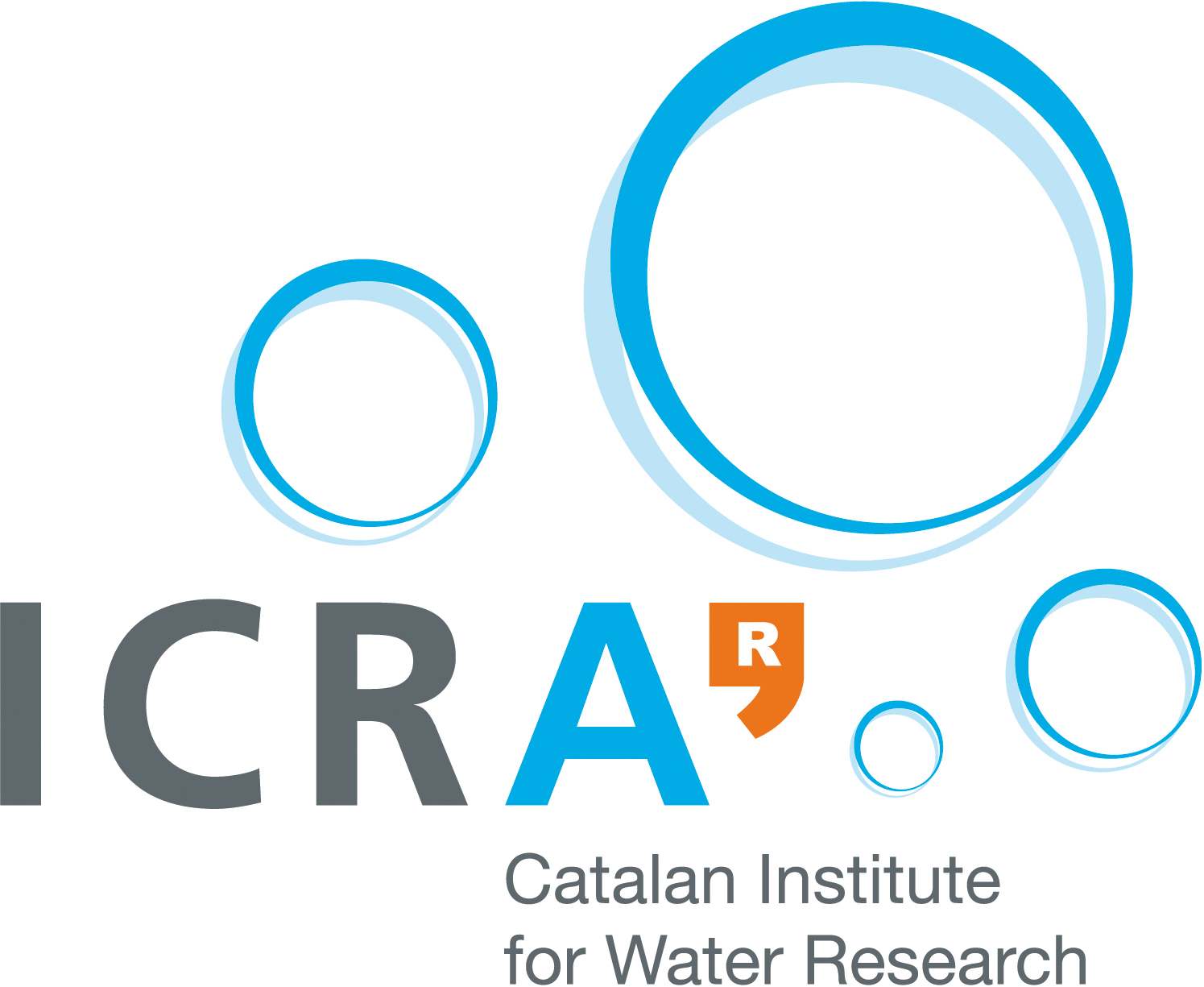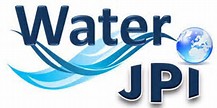Persistence and fate of emerging contaminants and multi-resistant bacteria in a continuum of surface water – groundwater from the laboratory scale to the regional scale: the case of the Empordà basin
INSTITUTE
Catalan Institute for Water Research / Institut Català de Recerca de l’Aigua (ICRA)
Girona, Catalonia/Spain
http://www.icra.cat/index.php?lang=3/
Funding agency: Ministerio de Economía y Competitividad, Code: JPIW2013-118
CONTACT PERSONS
- Josep Mas-Pla (IP): jmas@icra.cat
- Mercè Boy-Roura (postdoc researcher): mboy@icra.cat
AIMS
The main objective consists in investigating the occurrence and fate of emerging contaminants (mainly, veterinary antibiotics) and their effect on microbial communities in the surface water – groundwater continuum.
The specific goals of this study are:
- Describe the hydrogeological process that control the occurrence of EOCs (mainly, veterinary antibiotics) in streams and in aquifers;
- Determine the migration of EOCs from surface water to groundwater, or viceversa, and envisage potential reactions that control their fate in the subsurface;
- Relate microbial communities to the occurrence of EOCs, and study whether these have developed resistance to EOCs through the analysis of antibiotic resistant genes (ARGs) and, in addition, if this may be indicative of groundwater flow paths as potential hydrogeological tracers;
- Integrate results in a comprehensive conceptual model that determines the persistence and fate of EOCs in the environment, as complementary information to assess a sustainable use of groundwater resources.
Funding agency: Ministerio de Economía y Competitividad, Code: JPIW2013-118
STUDY AREA
The Empordà basin is located in the north-east of Catalonia (Spain). The PERSIST project mainly focuses on the Empordà fluvio-deltaic area, formed by a multilayer aquifer system, jointly with perennial and intermittent streams and coastal wetlands. The Empordà basin stands as an interesting reservoir for water resources that supplies agricultural and urban (including touristic) intensive uses. In this site, recharge inputs are affected by agricultural practices that include the use of manure as a fertilizer. Nitrate pollution is usual and widespread, and recent research has proved the occurrence of EOCs, in particular veterinary antibiotics, in shallow and deep wells, indicating the need of further research that reveals the processes that allow their migration at a regional scale. In that way, the Empordà site becomes a potential place to test the evolution of these pollutants and discern which factors control their migration in a multi-layered aquifer.
Moreover, the occurrence of antibiotics in groundwater has modified microbial communities naturally existing in the aquifer. Antibiotic resistant genes have been identified by genetic analysis proving the effects of pollution on the microbiome.
Project documents
HIGHLIGHTS
- A hydrochemical, isotopic and organic chemistry approach is used to assess antibiotic pollution in an alluvial aquifer.
- The most frequent antibiotics in groundwater and surface water are sulfamethoxazole and ciprofloxacin.
- Geostatistics confirms a lack of spatial correlation for antibiotics across the alluvial aquifer, contrary to nitrate contamination.
- Contaminant input characteristics, physical-chemical properties and processes of each antibiotic, and environmental characteristics are key points to understand the transport and fate of antibiotics in groundwater
REFERENCES
Bach, J. (1986). Sedimentación holocena en el litoral emergido de “l’Alt Empordà” (NE de Catalunya). Acta Geológica Hispánica, 21-22: 195-203.
Mas-Pla, J., J. Montaner, J. Solà (1999). Groundwater resources and quality variations due to gravel mining in coastal streams. Journal of Hydrology, 216 (3/4): 197-213.
Mas-Pla, J., J. Bach, E. Viñals, J. Trilla, J. Estalrich (1999). Salinization processes in a coastal leaky aquifer (Alt Empordà, NE Spain). Physics and Chemistry of the Earth, Part B: Hydrology, Oceans & Atmosphere, 24(4): 337-341.
Menció, A., J. Mas-Pla, A. Soler, N. Otero, O. Regàs, M. Boy-Roura, R. Puig, J. Bach, C. Domènech, A. Folch, M. Zamorano, D. Brusi (2016). Nitrate pollution of groundwater; all right …, but nothing else? Science of the Total Environment, 539C: 241-251. DOI: 10.1016/j.scitotenv.2015.08.151
Montaner, J., N. Teixidor, J. Boixadera, J. Solà, J. Mas-Pla, M. Pérez (1999). Presència i distribució espacial de concentracions anormals d’ió nitrat a les aigües subterrànies dels aqüífers del Baix Fluvià (Alt Empordà). Dossiers Agraris ICEA, 5: Problemes moderns en l’ús dels sòls: nitrats, pp. 115-130.
Montaner, J., J. Solà, J. Boixadera, N. Teixidor i J. Mas-Pla (1999). Descripción y valoración agrícola de la contaminación por nitratos en los acuíferos aluviales del Baix Fluvià (Girona). In: ITGE y Asociación Internacional de Hidrogeólogos/GE: La contaminación de las aguas subterráneas: Un problema pendiente, pp. 147-153. ISBN: 84-7840-364-7.
Soler, D., M. Zamorano, C. Roqué, A. Menció, M. Boy, J. Bach, D. Brusi, J. Mas-Pla (2014). Evaluación de la influencia de las estructuras tectónicas en la recarga del sistema hidrogeológico de



